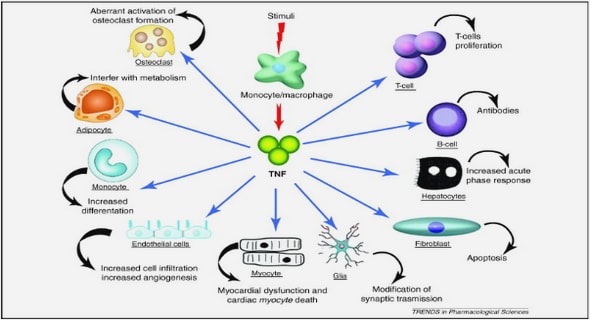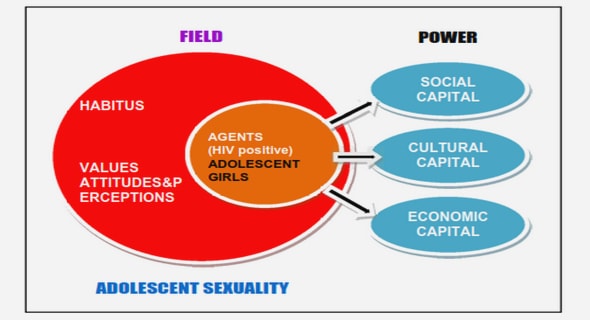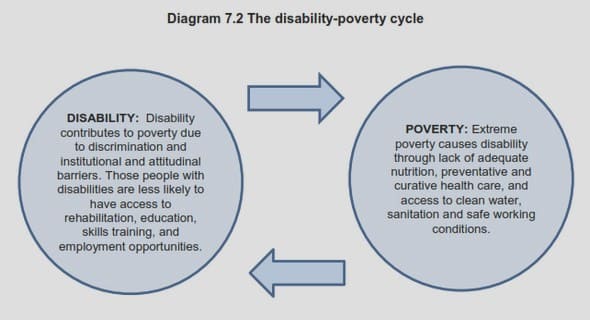Get Complete Project Material File(s) Now! »
Neuropharmacology of learning and memory
Neurotransmitters are a group of endogenous chemicals that are required for transmitting a neural signal across a synapse to an adjacent neuron or a target cell [120]. Several neurotransmitters are required for cognitive functioning in humans and animals. This is evident from functional reductions in the activities of neurotransmitters in several degenerative conditions that are marked by cognitive impairments. For instance, several neurotransmitter systems, including the glutamatergic, cholinergic, noradrenergic and serotonergic, are impaired in patients suffering from Alzheimer’s Disease [121]. Major neurotransmitters involved in learning and memory include: amino acids (both excitatory (e.g. glutamate, aspartate) and inhibitory (e.g. γ-aminobutyric acid, GABA)), monoamines and other biogenic amines (such as dopamine, norepinephrine, epinephrine and serotonin), peptides (such as opioid peptides and adenosine), and esters (e.g. acetylcholine) [87]. A detailed review of all these neurotransmitters and their role in learning and memory is beyond the scope of this review. The reader is referred to extensive reviews by several other authors on this topic [87,122-124]. Considering the well-studied effects of IGF-1 and cGP on glutamatergic neurotransmission, particularly the AMPA-mediated glutamatergic neurotransmission, the following section reviews the glutamate mediated neurotransmission with a focus on AMPA receptors.
Glutamate is the dominant excitatory neurotransmitter that plays a crucial role in learning and memory. Glutamate is produced either through the transamination of 2-oxoglutarate or via glutaminase-mediated degradation of glutamine. Glutamate released from the pre-synaptic vesicles binds to the glutamate receptors located on the post-synaptic membrane. Glutamate may bind to different types of glutamate receptors, which can be broadly categorized into two groups: ionotropic and metabotropic receptors. Ionotropic receptors are ligand-gated ion channels, which allow the exchange of ions (Na+, K+ and Ca2+), and thus cause rapid synaptic transmission compared with the metabotropic receptors which use G-protein mediated second messenger signaling. Ionotropic receptors include AMPA, N-methyl-D-aspartate (NMDA), kainate and ‘orphan’ receptors [125]. AMPA receptor complex is a tetramer consisting of subunits GluR-1 to GluR-4 (also known as GluR-A to GluR-D) [126]. All four receptor sub-units are expressed in the hippocampus, striatum and pre-frontal cortex of rats [127,128].
Neuroplasticity and memory
Neuroplasticity refers to the ability of the brain to reorganize its structure, function and circuitry in order to better adapt to changing demands and surrounding environments [139], and is critical for learning and memory. Neuroplasticity may involve re-circuiting of neural networks, either through the generation and integration of new synapses into the neural circuitry (synaptogenesis) or changes in the signaling between existing neurons (synaptic plasticity), generation of new neurons (neurogenesis), movement of newly generated neurons into specific locations within the cortex (neuronal migration), and/or a change in the neurotransmitter expression of existing neurons in the post-developmental stages (neurotransmitter switching) [120,140-142].
Of all forms of neuroplasticity, synaptic plasticity is the most widely studied in the processes of learning and memory. Synaptic plasticity refers to the strengthening or weakening of synapses over time, in response to the enhancement or the reduction in their activity, respectively [143]. Therefore, synaptic plasticity forms one of the important neurochemical basis of learning and memory. Synaptic plasticity can be broadly categorized into short-term and long-term plasticity. Short-term plasticity refers to the short-lasting strengthening (facilitation) or weakening (depression) of a synapse which lasts for a few minutes or less [144]. For instance, synaptic facilitation occurs when two or more action potentials stimulate a pre-synaptic terminal within a few milliseconds, causing a build-up of Ca2+ in the pre-synaptic terminal, and thus causing a greater release of neurotransmitter following the subsequent action potential. Synaptic depression is associated with reduced release of neurotransmitter due to the ensuing depletion of synaptic vesicles after synaptic facilitation. Due to the short-lived changes in synaptic transmission, short-term plasticity is usually associated with only short-term memory function [144].
Roles of IGF-I and cGP in learning and memory
Both central and peripheral IGF-1 are indispensable for learning and memory function of brain [155,156]. For instance, the age-related decline in peripheral and central IGF-1 is associated with learning and memory deficits observed during aging [23,79,80], which can be prevented through central [81] or systemic [82] administration of IGF-1 in aged rodents. Furthermore, blocking the central production of IGF-1 [157], and the deficiency in peripheral IGF-1 [54] is shown to impair learning and memory in transgenic rodents. IGF-1 deficiency in childhood is also associated with impaired adult cognitive function. For instance, adults with childhood- onset growth hormone deficiency have low growth hormone and IGF-1 levels in the serum, and show impaired learning and memory function [158]. Although the specific molecular mechanisms through which IGF-1 regulates learning and memory are largely unknown, recent studies point to a role of IGF-1 in mediating synaptic plasticity through AMPA receptors [78,159].
IGF-1 is shown to enhance the AMPA-dependent glutamatergic synaptic transmission in the hippocampus of juvenile [160], young adult and old rats [159]. Recently, IGF-1 was shown to persistently enhance LTP in a rat model of depression that was associated with an increase in GluR-1 expression in hippocampus, in an NMDA-independent fashion [161]. Conversely, IGF-1 is also shown to induce LTD in mice by reducing the glutamatergic neurotransmission through increased endocytosis of GluR-2 containing AMPA receptors [162]. Although evidence suggests that IGF-1 actions on synaptic plasticity may be NMDA-independent, some studies point to a role of IGF-1 in modulating the expression of NMDA receptor sub-units. For instance, IGF-1 administration prevented the cognitive decline in aged rodents [81] via restoration of NMDA expression [163,164]. Therefore, IGF-1 is a critical regulator of learning and memory, and may mediate its actions by modulating glutamatergic synaptic plasticity.
CHAPTER 1: INTRODUCTION
1.1 The IGF family
1.2 Learning and memory
1.3 Post-lactational involution of mammary gland
1.4 Aims and objectives
CHAPTER 2: GENERAL MATERIALS AND METHODS
2.1 Materials
2.2 Methods
CHAPTER 3: MATERNALLY ADMINISTERED CYCLIC-GLYCINE-PROLINE INCREASES INSULIN-LIKE GROWTH FACTOR-1 BIOAVAILABILITY AND NOVELTY RECOGNITION IN DEVELOPING OFFSPRING
3.1 Summary of chapter contents .
3.2 Introduction
3.3 Materials and Methods
3.4 Results
3.5 Discussion
3.6 Summary
CHAPTER 4: MATERNAL CYCLIC-GLYCINE-PROLINE ADMINISTRATION IMPROVES MEMORY AND NEUROPLASTICITY IN ADULT OFFSPRING
4.1 Summary of chapter contents
4.2 Introduction
4.3 Materials and Methods
4.4 Results
4.5 Discussion .
4.6 Summary
CHAPTER 5: CYCLIC-GLYCINE-PROLINE REDUCES THE PHOSPHORYLATION OF IGF-1R AND PROMOTES POST-LACTATIONAL INVOLUTION IN MAMMARY GLANDS OF RATS
5.1 Summary of chapter contents
5.3 Materials and Methods
5.4 Results
5.5 Discussion .
5.6 Summary .
CHAPTER 6: GENERAL DISCUSSION
6.1 ù^mmmmm
6.2 Oral bioavailability of cGP in adult and infant rats
6.3 Early life administration of cGP positively influences neurodevelopmental programming in rats
6.4 Mechanism
ù!U
BIBLIOGRAPHY
GET THE COMPLETE PROJECT
Role of cyclic glycine proline in neurodevelopmental programming New insights into the physiological regulation of IGF-1 function-


